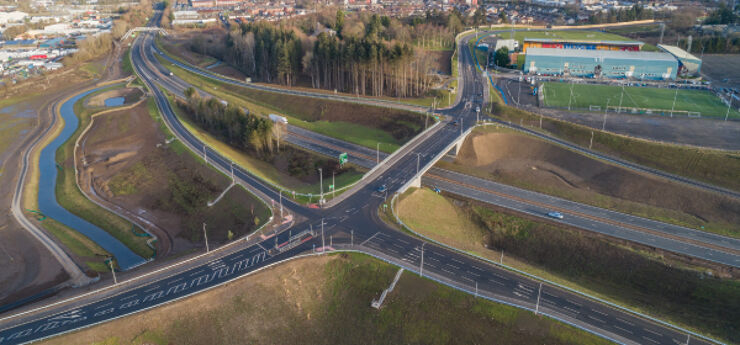
The post-Covid world is likely to be dominated by disruptive forces which will adversely affect construction costs and time for a considerable period. A combination of factors arising from the pandemic are already creating headaches for supply chains, including delays in sourcing materials, increased materials and transportation costs, and the lack of skilled tradespeople.
In addition, the financial pressures on construction businesses have multiplied. For example, UK subcontractors are also now experiencing a negative impact on cashflow due to the imposition of reverse-charge value added tax since March 2021. The huge hikes in premiums for professional indemnity cover are also taking their toll, particularly on consultants (see Issue 110).
Collaboration is critical
I am often surprised when I hear that NEC main contract early warning meetings have not included parties other than the project manager and main contractor. This is particularly strange when one considers that as much as 90% of project values are delivered by subcontractors.
For example, if there is a likely to be disruption to steel supplies, it is axiomatic that the steelwork subcontractor should be in attendance and even its steel stockholder. NEC early warning meetings are about engaging all parties − relevant to the risk in question − to discuss and agree best-for project outcomes that minimise the impact on quality, time and cost. The presence of the client and design consultants may also be helpful in finding a solution.




